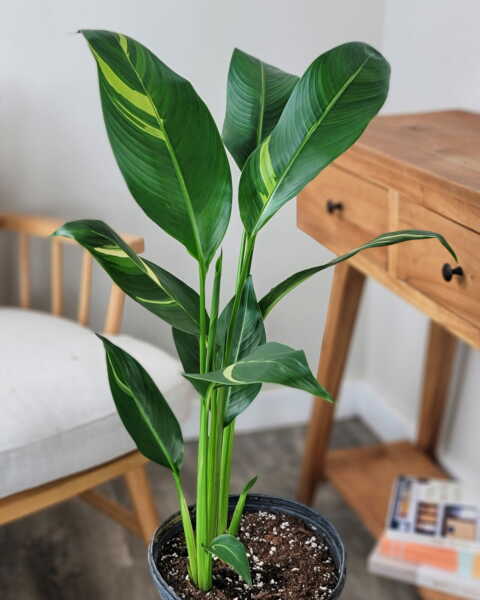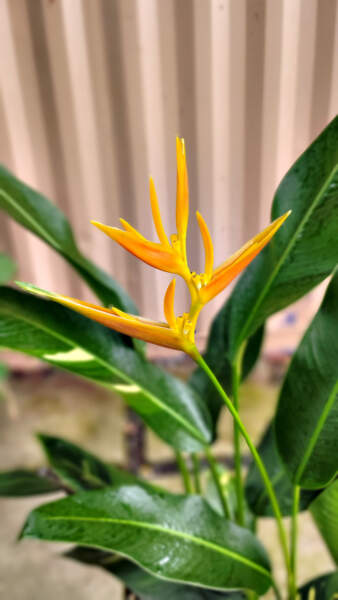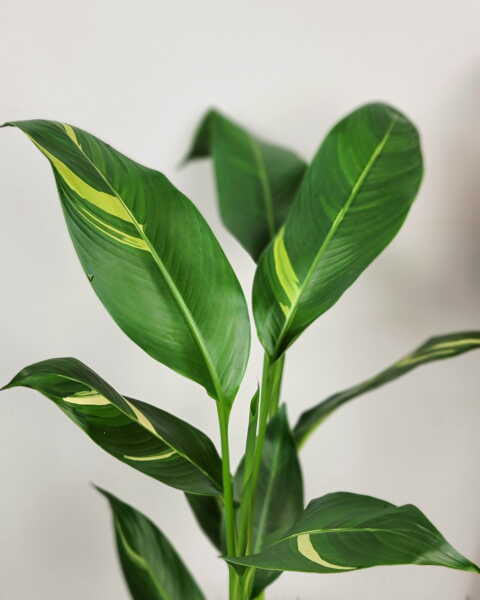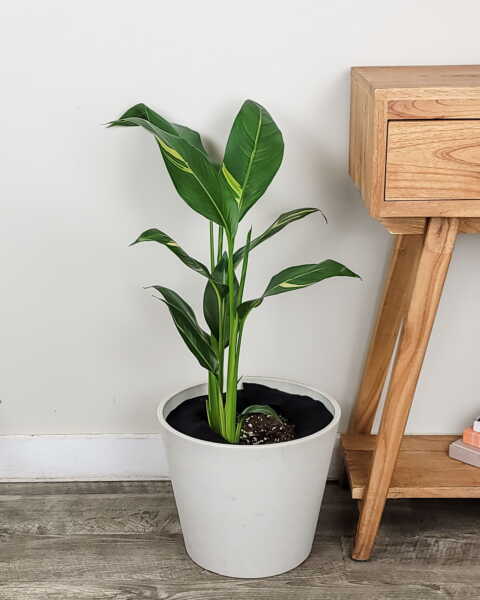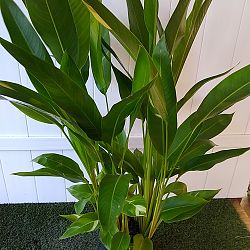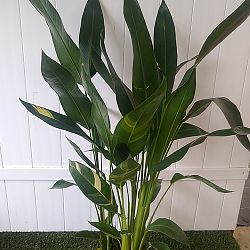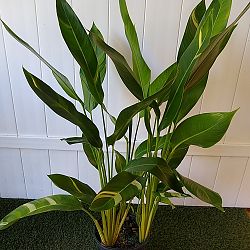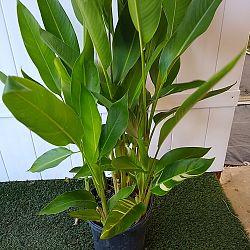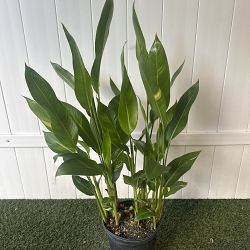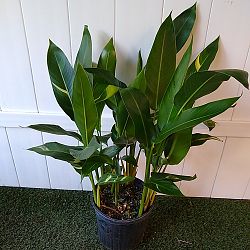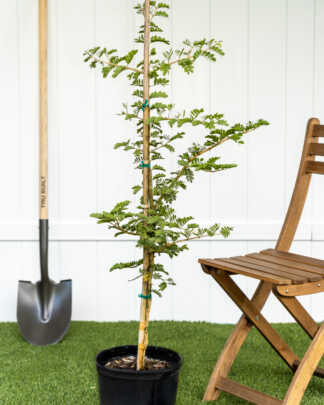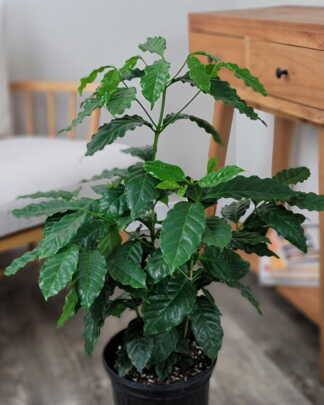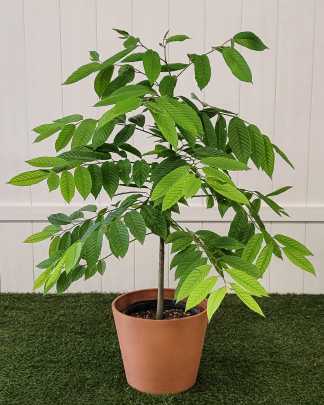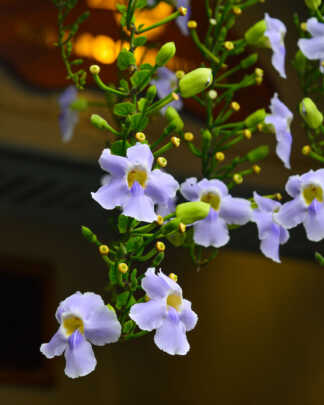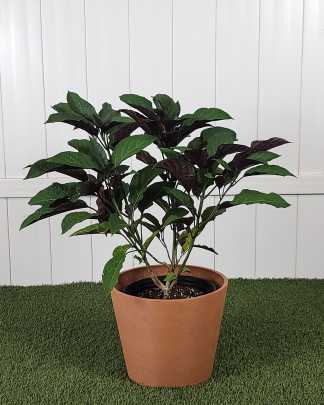Description
Caring for your Heliconia
Heliconia psittacorum is a stunning tropical plant beloved for its vibrant, unique flower bracts and deep green foliage. As a low-growing heliconia variety, it’s an excellent choice for landscape accents or container gardening in suitable climates. Though native to the tropical Americas, the plant can be grown in any warm climate or indoors with the right care.
Light
The Parrot’s Beak heliconia thrives in warm, humid conditions. Ideally, it should be grown in areas with temperatures between 65°F (18°C) and 95°F (35°C). It can tolerate brief periods of cooler weather but won’t survive frosts or prolonged cold. As a tropical plant, it prefers a location with full sun to partial shade. However, in hotter climates, afternoon shade can prevent the leaves from scorching.
Indoors, position the plant near a window with bright, indirect light. Be mindful that Heliconia psittacorum doesn’t tolerate extreme temperature fluctuations. So, avoid placing it near heating or cooling vents, or drafty windows and doors.
Water
These plants love water and high humidity. During the growing season, the soil should remain consistently moist, but not waterlogged. Overwatering can cause root rot. In the cooler months, reduce watering but do not let the plant completely dry out. A humidity tray or indoor humidifier can help maintain the high humidity levels this plant prefers.
Outdoors, the plant’s watering needs will depend on the climate and soil type. Well-drained soils may require more frequent watering than heavier soils. Always check the soil’s top inch before watering; it should feel dry to the touch.
Soil
Heliconia psittacorum prefers fertile, well-draining soil. A soil mix rich in organic matter, such as compost or well-rotted manure, is ideal. The pH should be slightly acidic to neutral (6.0-7.0). Improve the soil’s structure and fertility by incorporating organic matter annually, which also keeps the plant healthy and encourages vigorous growth.
Fertilization
Feed your heliconia with a balanced, slow-release fertilizer every three months during the growing season to support blooming. Look for a product with an N-P-K ratio (Nitrogen-Phosphorus-Potassium) of 14-14-14 or similar. If you’re growing the plant indoors, reduce the fertilizer amount during winter when the plant’s growth slows.
Pruning and Propagation
Pruning is mainly needed to maintain the plant’s size and remove dead leaves or flowers. After the vibrant bracts fade, cut the flower stalk back to the base to encourage new growth. Periodically remove any dead leaves to keep the plant looking its best.
Heliconia psittacorum is commonly propagated by division. This process involves separating the plant’s rhizomes (underground stems) into sections, each containing at least one ‘eye’ or growth point. The best time to divide heliconia is in early spring, just as the plant starts actively growing. Plant these divisions in a well-drained soil mix and keep them warm and slightly moist until new growth appears.
Pest and Disease Management
Like any plant, heliconias can be affected by pests and diseases. Mealybugs, aphids, and mites are the most common pests. Insecticidal soap or neem oil can effectively manage these pests. Always test a small area first to ensure the plant isn’t sensitive to the treatment.

